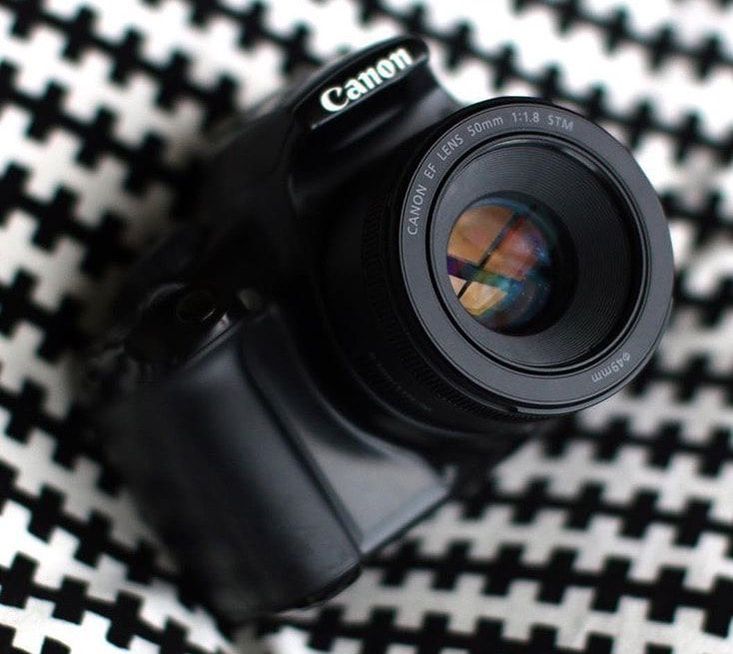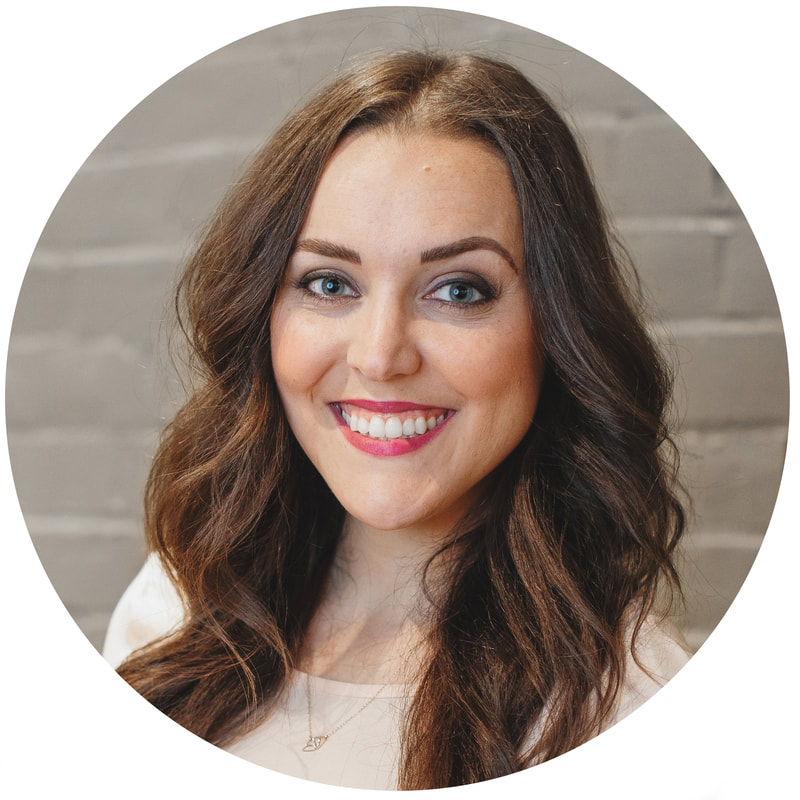SHUTTER SPEED
Adjusting the shutter speed means changing how long your shutter stays open (aka how long the camera sensor is exposed to light). If you set your shutter speed to 1/60 (one sixtieth of a second), the image will be brighter than if you set your shutter speed to 1/2000 (one two-thousandth of a second). In addition to more vs. less light, shutter speed also has a lot to do with stopping (or not stopping!) motion. The longer the shutter stays open, the more motion is captured. With the same two examples, let's say your shutter is set to 1/60 at a sporting event. You might see too much blur as the athletes move quickly. But setting it to 1/2000 might be good enough to "stop" the action for a crisp shot. APERTURE Changing the aperture means you are making the lens opening wider or narrower. A wider aperture (lower f-number, like f/1.8) means more light as well as a narrower depth of field, while a narrower aperture (higher f-number, like f/16) means less light as well as a wider depth of field. Depth of field is the distance of focus between the subject and its foreground and background. Wide depth of field means lots of parts of the image are in focus - things closer to the camera and things way behind the subject are more focused. Narrow depth of field means the subject you're focused on is crisp and in focus while the rest of the foreground and background are more blurry. ISO Increasing ISO allows you to work with less light. BUT! This is not a magic button to make the darkness in every low-light situation you are in go away. As you increase ISO, the image gets brighter, but quality gets lower. You will start to notice graininess in your images the higher the ISO you go. Homework:
Happy Friday, and happy shooting! Autumn
0 Comments
Leave a Reply. |
Writing and vlogging to entertain, educate, expose, and encourage.
Subscribe!Categories
All
Archives
January 2022
|



